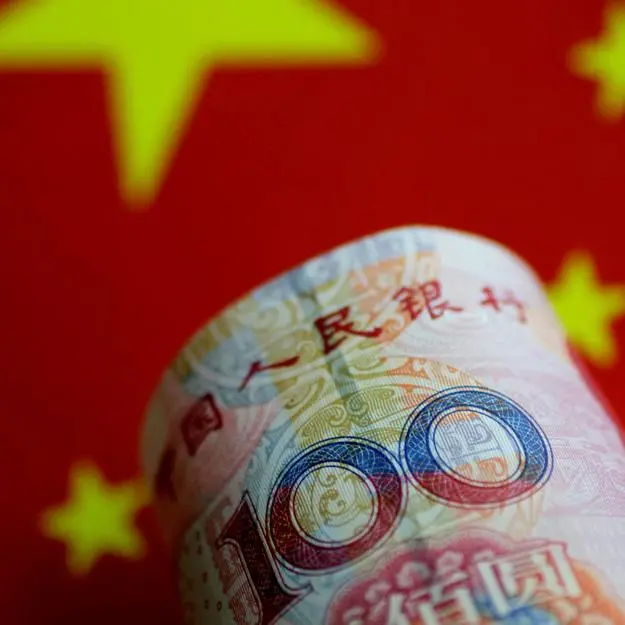PHOTO
CEO giving peptalk to businesspeople at meeting in big conference room. Image used for illustrative purpose. Getty Images
For the second PBBM SONA, I wonder how the president's speechwriters will create a magic spin to paint a better picture of the nation's alarming unemployment and underemployment problem. The figures cannot lie and the people are aware of the realities on the ground. Economic figures are not like election results that can be manipulated by the counting machines.
In fairness to President Marcos Jr., this perennial high unemployment and underemployment rates were not invented by this administration. For the longest time, the Philippines had been number one among the ASEAN member nations when it comes to lack of jobs. The Philippines' record has always been consistent: number six among 10 ASEAN countries in terms of employment records. World Bank figures show that the Philippines' unemployment rates were 7% in 2012, 7.1% in 2013, 6.8% in 2014, 6.3% in 2015, and 5.5% in 2016. Those were the years of President PNoy.
Under the Duterte presidency, the unemployment rate somehow levelled up but suddenly surged in 2020 and 2021. President Duterte had a good reason; the COVID-19 pandemic which led to shutdowns, closures, and bankruptcies. The unemployment rates were 5.7% in 2017, 5.3% in 2018, 5.1% in 2019, 10.4% in 2020, 7.8% in 2021, 5.4% in 2022 and 5.3% in 2023. This rate is alarming if we consider the base figure of our labor force for this would mean more than 3 million jobless Philippines. Underemployment affects more than 20 million Filipinos. If every jobless Filipino is the head of a family of four (one spouse and two children, that would immediately translate to 12 million people without food. And that is not a good story to tell in the SONA.
Our unemployment problem is alarming if we compare ourselves to other ASEAN countries. The best managers of their employment situation is Thailand with the following unemployment rates: 0.7% in 2012, 0.7% in 2013, 0.8% in 2014, 0.9% in 2015, 1% in 2016, 1.2% in 2017, 1.1% in 2018, 1% in 2019, 2% in 2020, 1.5% in 2021, 1% in 2020, and 1% in 2023. Vietnam and Singapore are almost like Thailand. And Malaysia is not far behind. The one with high unemployment rates, although not as bad as ours, is Indonesia because of its very big population. We are not including the smaller economies of Cambodia, Myanmar, Laos, and Brunei. But, truth to tell, these small nations have better employment records. The Philippines is again the sick old man of Asia.
And what are the causes of this malady? The economists have studied the problem and they have identified the following factors driving high unemployment rates in the Philippines; overpopulation, poor education system, inadequate vocational and technical training facilities despite TESDA, low direct foreign investments (therefore no jobs are being created as the domestic labor market has still to recover from the devastation of the pandemic), lack of decent employment opportunities, lack of relevant skills and competencies resulting to job mismatch, geographic mismatch and issues on mobility, and this economic phenomenon that economist call labor market frictions and rigidities.
What exacerbates the problem is that investors don't want to come because of corruption, harsh and extreme weather conditions, threats to peace and security, the country's state of low technology and poor internet connectivity, and inadequate and poor quality of infrastructures. The worst driving force is an archaic Labor Code which is vintage 1974 with too much government interference and an anti-employment labor law framework. Small businesses are being constantly harassed by multiple and duplicating inspections and investigations on workers to file complaints.
The bottom line is this: The president cannot honestly tell the people in his second SONA that the country's employment situation is in good shape. The billions of dollars of foreign investments which his drumbeaters bragged about whenever he travelled abroad were just air castles. They were blown away by the winds. And so, they cannot fool all the people all the time.
Copyright © 2022 PhilSTAR Daily, Inc Provided by SyndiGate Media Inc. (Syndigate.info).





















